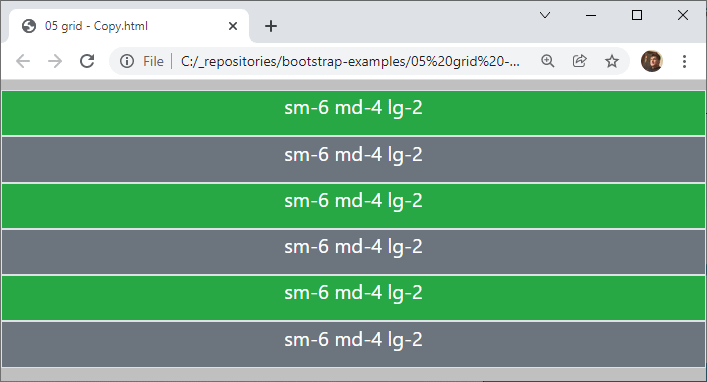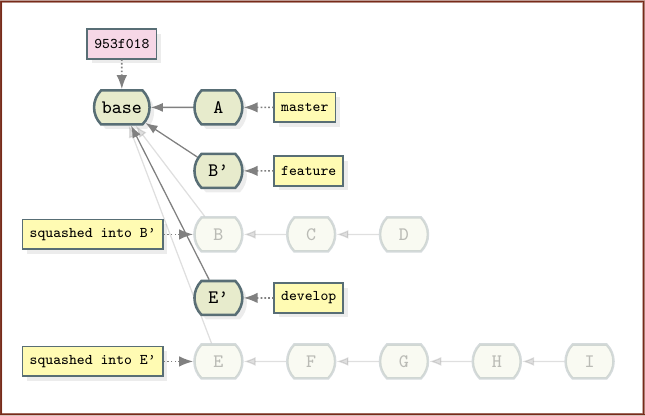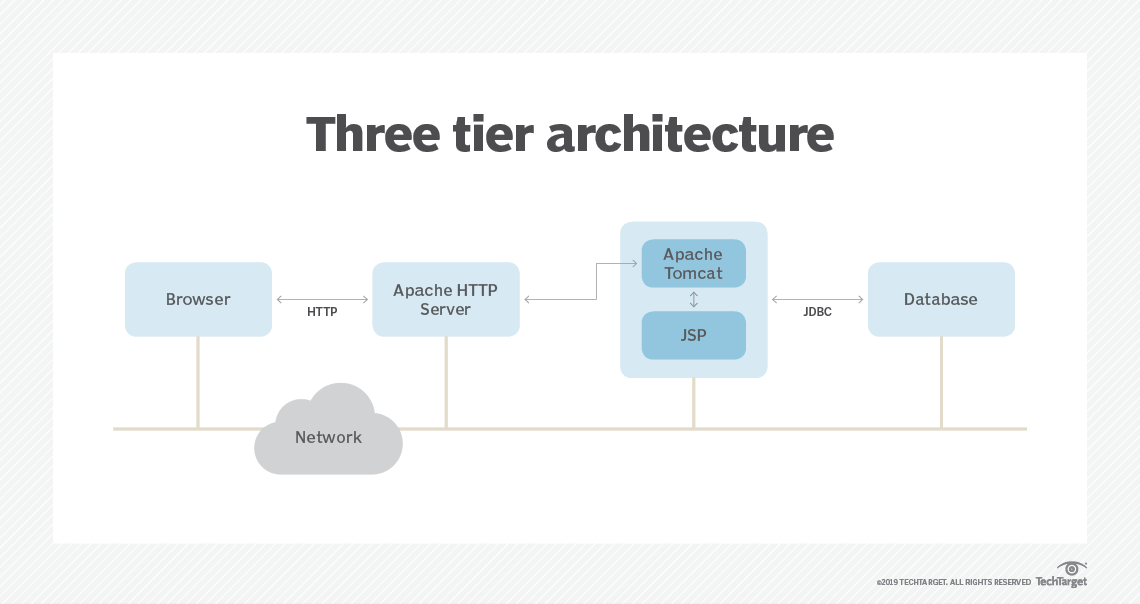2023 full-stack developer roadmap
Full-stack developer career roadmap
A full-stack developer is one of the highest paid jobs in the IT industry.
If you want a career as a full-stack developer, here are the 11 steps to follow on the 2023 full-stack developer roadmap:
- Be Agile and know Scrum.
- Learn browser technologies including HTML and CSS.
- Gain fluency in JavaScript or TypeScript.
- Know Git and its CI/CD ecosystem.
- Gain competency in mobile app development.
- Exchange JSON with RESTful APIs.
- Manage very large databases with SQL.
- Acquire competency on the middle tier.
- Learn YAML for cloud-native configuration.
- Get close to the metal with Rust or C++.
- Commit to 12 factor app development.
Be Agile
One trait all full-stack developers share is agility.
Every tech organization understands that conditions change too quickly to properly plan months in advance. That’s why every full-stack developer must be Agile and understand that quickly responding to change is more important that following a plan.
That’s one of the Agile tenants. The other three are:
- Individuals and interactions over processes and tools.
- Working software over comprehensive documentation.
- Customer collaboration over contract negotiation.
The software stack you use, the development tools you master or the cloud platform to which you deploy — these are irrelevant if you’re not an Agile full-stack developer.
Read the Agile Manifesto and take to heart its 12 principles of Agile software development.
Learn an Agile framework like Scrum or Kanban while you’re at it.
The Scrum Guide is only 13 pages long. Read it so you understand what Agile software development is all about.

Core competency with HTML and CSS is required
HTML and CSS are the cornerstones of website development.
A full-stack developer won’t likely spend a lot of time developing landing pages for websites, but they’ll need an in depth knowledge of HTML to perform the following tasks:
- Troubleshoot websites.
- Update WordPress templates.
- Navigate through PHP code snippets.
- Fix responsive websites.
- Perform SEO optimization.
The first programming language a full-stack developer needs to both know and master is HTML. You won’t get a job as a full-stack developer without it.
Be fluent in JavaScript
Do you want to be a full-stack developer? Then you have to master either JavaScript or TypeScript.
JavaScript is one of the four W3C standard programming languages of the web browser, and it is the only language that can do a browser-based invocation of WebAssembly components.
Furthermore, JavaScript has vast server-side support from the Node.. This means you can easily transfer browser-based JavaScript skills to the back end to work with database or message queue integration.
A full-stack developer must be competent on both the front-end and the back-end. Knowledge of JavaScript gives a full-stack developer a foot in both doors.

A full-stack developer must know HTML and CSS to work with responsive web frameworks such as Bootstrap.
Master Git
All of the code written that a full-stack developer writes must be stored somewhere.
Today, the vast majority of code is stored in Git-based repositories such as GitHub, GitLab or BitBucket.
A full-stack developer must know fundamental version control operations: how to commit code, merge branches, rebase a history and squash commits.
Knowledge of the ins and outs of Git is a mandatory full-stack developer skill.

Git and knowledge of Git based SaaS offerings such as GitHub and GitLab are a requirement for a full-stack developer.
Mobile app development
Full-stack development includes mobile app development.
If you want to be a full-stack developer, you’ll need to know how to develop applications for iPhone and Android machines with languages such as the following:
- Swift for iPhones.
- Kotlin for Android.
- React Native for both.
You also must know the complexities of how to publish to the Apple store or the Google Play store. There’s no point to develop a mobile app if you don’t know how to distribute it to your clients.
Build RESTful APIs with JSON
The vast majority of communication between the client and the server happens through RESTful APIs that exchange JSON data. A full-stack developer understands both.
A full-stack developer needs to know:
- How to build RESTful API gateways for clients to access.
- How to connect to RESTful APIs from client-side applications.
- How to secure RESTful APIs through authentication and encryption.
- How to create reliable RESTful APIs that can scale.
Learning about RESTful APIs includes how to store JSON in a NoSQL database. NoSQL databases are how Facebook and Twitter achieved massive scale, and they greatly simplify RESTful data persistence.
Start your journey into RESTful APIs by reading Roy Fieldings’ 2001 thesis on what RESTful APIs are and why the Internet needs them.
SQL and relational database technologies
NoSQL databases are a big deal — but relational databases are an even bigger deal.
A full-stack developer must know the fundamentals of structured query language (SQL) works in order to work on very large, enterprise-scale relational databases that store billions of rows and terabytes of data.
Knowledge of SQL and relational database technologies is essential for a full-stack developer to perform the following tasks:
- Manage, modify and query large database systems.
- Provide backend integration to external tools, clients and APIs.
- Tune and optimize database performance.
- Troubleshoot production problems when they arise.
Middle tier technology
A full-stack developer must know how to glue the client tier and the backend database tiers together.
- Java is great for talking to application servers and cloud APIs.
- Python is great if your stack includes machine learning or AI.
- JavaScript is great if you want one language that spans multiple layers of the stack.
A full-stack developer needs to know a middle-tier programming language, along with various middle-tier technologies associated with that language’s stack.
For example, a full-stack developer with Java focus should also possess a strong understanding of middle-tier Java technologies such as the following:
- Tomcat.
- WebSphere.
- Kafka.
- Jenkins.
- CouchDB.
- Hadoop.
The middle tier is make or break for a full-stack developer.
Get cloud-native with YAML
YAML is the standard app configuration language for cloud-native technologies. You can use YAML to configure setups for the following tasks:
- Manage infrastructure as code with Terraform.
- Continuously integrate and deploy with GitHub Actions.
- Deploy applications with Docker and Kubernetes.
- Configure network gateways on AWS.
YAML is a full-stack developer requirement.

YAML is key to cloud-native deployment and software configuration.
Get close to the metal
Not all developers need to get close to the metal.
But if you do, you’ll need to know a programming language such as Rust, Go or C.
These languages allow a full-stack developer to code components for:
- Operating systems including Linux and Windows.
- Embedded systems used in manufacturing and automotive fields.
- Hypervisors used in cloud computing.
- Cryptography and security components.
With knowledge of a language such as Rust or C++, a full-stack developer can write code that compiles to binary and does not require an abstraction layer to run, which Java and Python do. That’s why these languages are said to be close to the metal.
Commit to the 12 factors
The 12-Factor App principles describe best practices to develop cloud-native applications.
Learn about how to create a 12-Factor App and commit to code your apps accordingly.
Any application that you deploy as a microservices, lambda procedure or a serverless function must be 12-factor compliant.
Know the 12 factors and commit to them.
With all of these skills under your belt, you’ll complete the 2023 full-stack developer roadmap and you’ll be well on your way to a lucrative career in IT.






